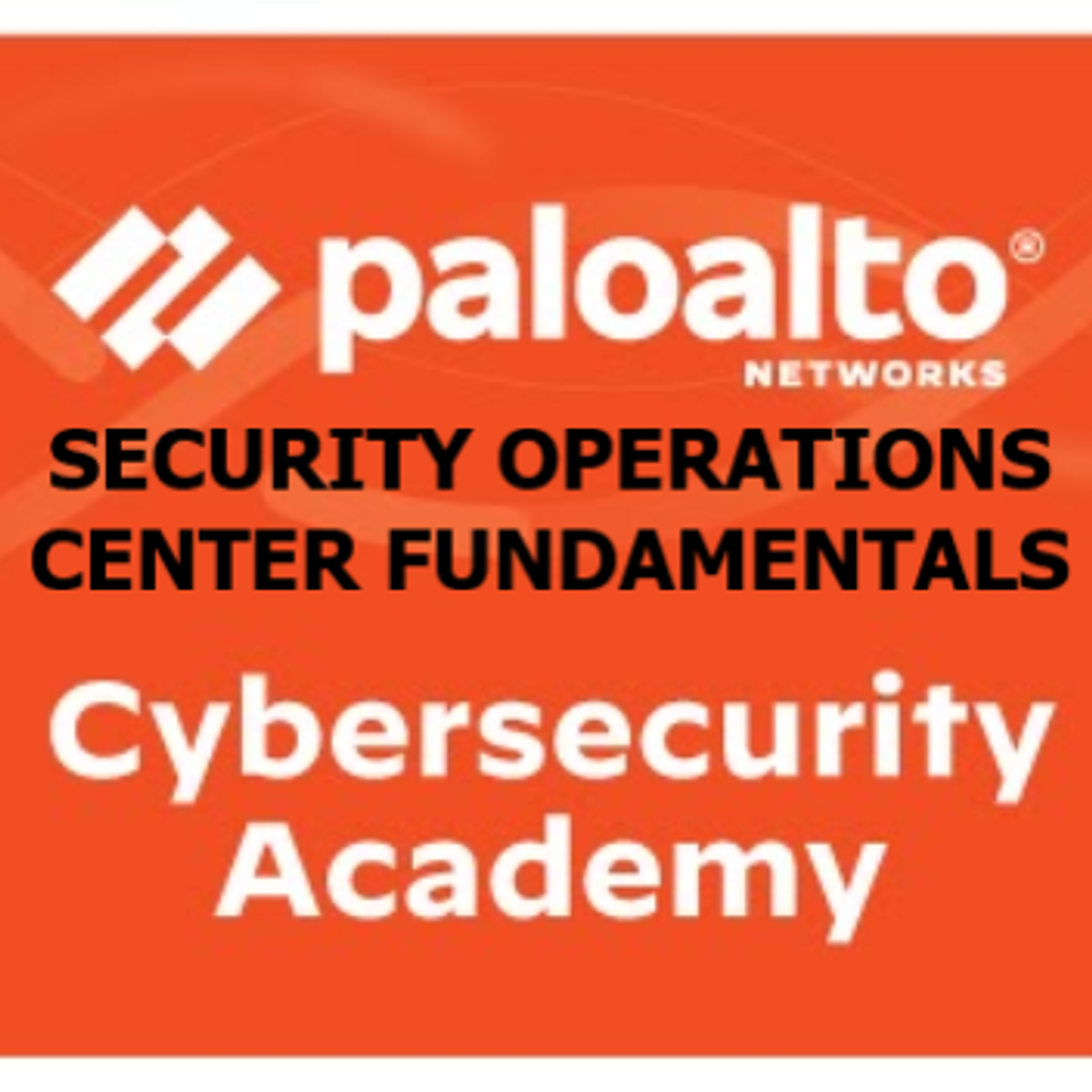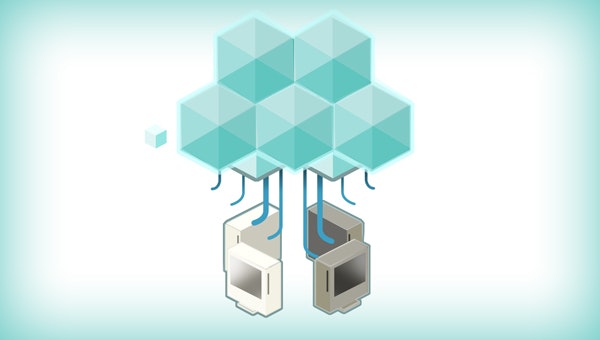Back to Courses






Computer Security And Networks Courses - Page 28
Showing results 271-277 of 277

Adding a Phone Gateway to a Virtual Agent
This is a self-paced lab that takes place in the Google Cloud console. In this lab you will continue working on your Pigeon Travel virtual agent and add a phone gateway to allow users to call into your virtual agent.

Palo Alto Networks Security Operations Fundamentals
In this Security Operations Fundamentals course you will gain an understanding of Security Pperations (SecOps) and the role it plays in protecting our digital way of life, for businesses and customers. You will focus on continuous improvement processes to collect high-fidelity intelligence, contextual data, and automated prevention workflows that quickly identify and respond to fast-evolving threats. The course also demonstrates how to leverage automation to reduce strain on analysts and execute the Security Operation Center’s (SOC) mission to identify, investigate, and mitigate threats.

Operating Systems and You: Becoming a Power User
In this course -- through a combination of video lectures, demonstrations, and hands-on practice -- you’ll learn about the main components of an operating system and how to perform critical tasks like managing software and users, and configuring hardware.
By the end of this course you’ll be able to:
● navigate the Windows and Linux filesystems using a graphical user interface and command line interpreter
● set up users, groups, and permissions for account access
● install, configure, and remove software on the Windows and Linux operating systems
● configure disk partitions and filesystems
● understand how system processes work and how to manage them
● work with system logs and remote connection tools
● utilize operating system knowledge to troubleshoot common issues in an IT Support Specialist role
Networks and Communications Security
Welcome to Networks and Communications Security Course!
In the Networks and Communications Security Course, you will learn about the network structure, data transmission methods, transport formats, and the security measures used to maintain integrity, availability, authentication, and confidentiality of the information being transmitted.
Concepts for both public and private communication networks will be discussed.
Course Objectives
1. Describe network-related security issues
2. Identify protective measures for telecommunication technologies
3. Define processes for controlling network access
4. Identify processes for managing LAN-based security
5. Describe procedures for operating and configuring networked-based
security devices
6. Define procedures to implement and operate wireless technologies

Blockchain in Financial Services: Strategic Action Plan
In this fourth and final course of the specialization, you will synthesize your learning into a Strategic Action Plan. The goals of this course are twofold: One, it’s for you to identify a specific need or problem within the financial services industry that can potentially be solved using blockchain technology. Two, it’s for you to investigate possible solutions to this problem, and to develop a strategic plan for how these solutions might be executed. You will accomplish different project milestones each week, and will be introduced to several tools to organize your findings. Throughout this process, you will hear from real-world practitioners who have hands-on experience in the blockchain ecosystem. Additionally, by participating in this course you will gain access to our Blockchain Case Commons—a crowdsourced collection of blockchain applications and use-cases spanning multiple industries. As an outcome of this course, you will walk away with a consolidated, peer-reviewed Strategic Action Plan, which you can use to pitch your idea to your organization and/or potential investors.

Cloud Networking
In the cloud networking course, we will see what the network needs to do to enable cloud computing. We will explore current practice by talking to leading industry experts, as well as looking into interesting new research that might shape the cloud network’s future.
This course will allow us to explore in-depth the challenges for cloud networking—how do we build a network infrastructure that provides the agility to deploy virtual networks on a shared infrastructure, that enables both efficient transfer of big data and low latency communication, and that enables applications to be federated across countries and continents? Examining how these objectives are met will set the stage for the rest of the course.
This course places an emphasis on both operations and design rationale—i.e., how things work and why they were designed this way. We're excited to start the course with you and take a look inside what has become the critical communications infrastructure for many applications today.

Security and Privacy in TOR Network
In this MOOC, we will learn about TOR basic concept and see how they protect the security and privacy of users and resist censorship. We will examine how TOR realize the anonymity and utilize its service by downloading and using Tor browser software. A recent attack on TOR’s application flow control called sniper attacks is analyzed. We introduce the hidden service provided by TOR and show how it can be denonymized. We will learn how to setup a hidden server to provide web service on AWS instance. We will also learn the best practices and operational security in providing the hidden services. We will learn how to manage the hidden server using Tor circuit and configure the web server not to reveal the software version information. We also show how it can be defended. To improve TOR’s performance, we discuss the cloud based TOR and their implementation.
By the end of this course, you should be able to utilize TOR browser to protect your privacy, set up hidden service on current interface that protect your servers and make it anonymous, you will choosing entry guards wisely since your adversary will try to attack them with DDoS traffic and force you to choose their relay as your entry and exit router. We will also learn the basic components of both censorship and censorship resistance systems, and the scheme deployed by these systems and their attacks.
Popular Internships and Jobs by Categories
Find Jobs & Internships
Browse
© 2024 BoostGrad | All rights reserved